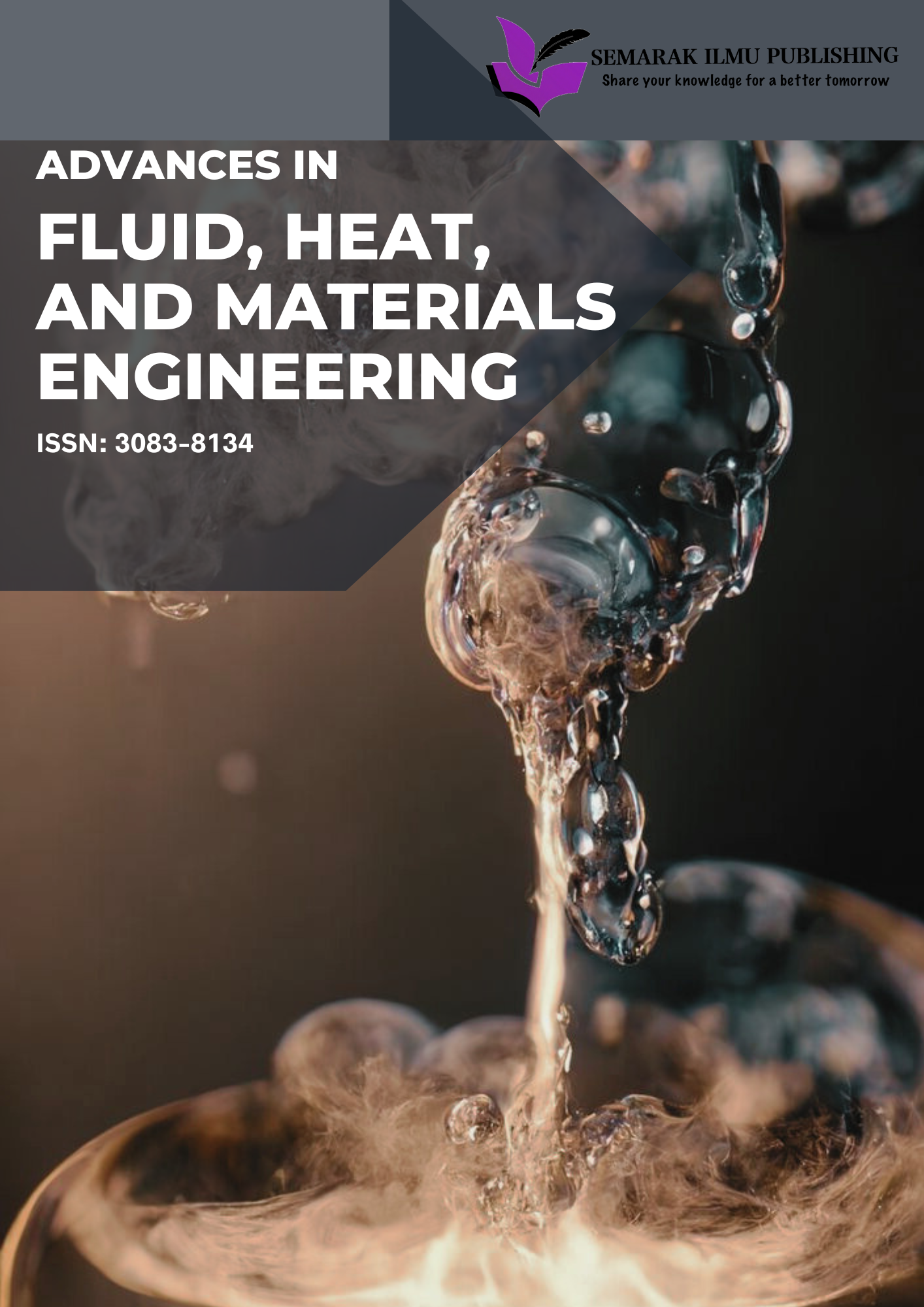Advancing Semi-Active Suspension Systems: A Comprehensive Review of Magneto-Rheological (MR) Dampers
Keywords:
Magneto-rheological (MR) damper, suspension system, MR fluid, intelligence controllerAbstract
Magnetorheological (MR) dampers have emerged as pivotal components in semi-active suspension systems, bridging the gap between traditional passive and advanced active technologies. Utilizing the unique properties of MR fluids, these dampers offer real-time adaptability, enhancing ride comfort, vehicle stability, and handling. With a response time of less than 10 milliseconds, MR dampers outperform passive systems by dynamically adjusting to road conditions almost instantaneously. Furthermore, they deliver a 30% improvement in energy efficiency compared to active systems, making them an attractive choice for sustainable automotive applications. This paper provides a comprehensive review of the working principles, integration strategies, and performance metrics of MR dampers. Key advantages, such as rapid response time, energy efficiency, and a wide range of damping forces, are highlighted alongside challenges including high manufacturing costs, temperature sensitivity, and system complexity. Advanced control algorithms, including skyhook and adaptive models, are discussed in optimizing damper performance. Furthermore, potential advancements, such as cost-effective materials and innovative fluid formulations, are explored to address existing limitations. This review underscores the transformative potential of MR dampers in revolutionizing next-generation suspension systems, making them integral to the future of automotive engineering.









